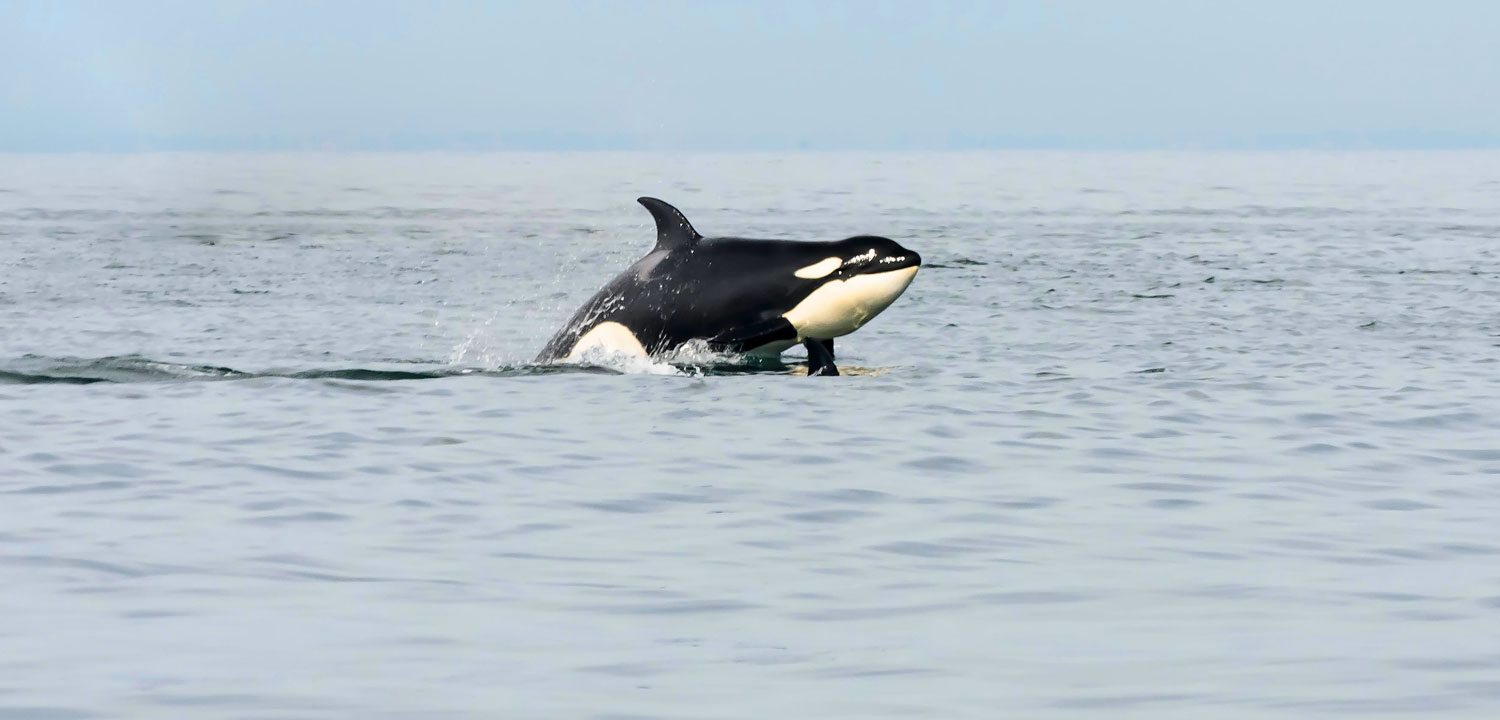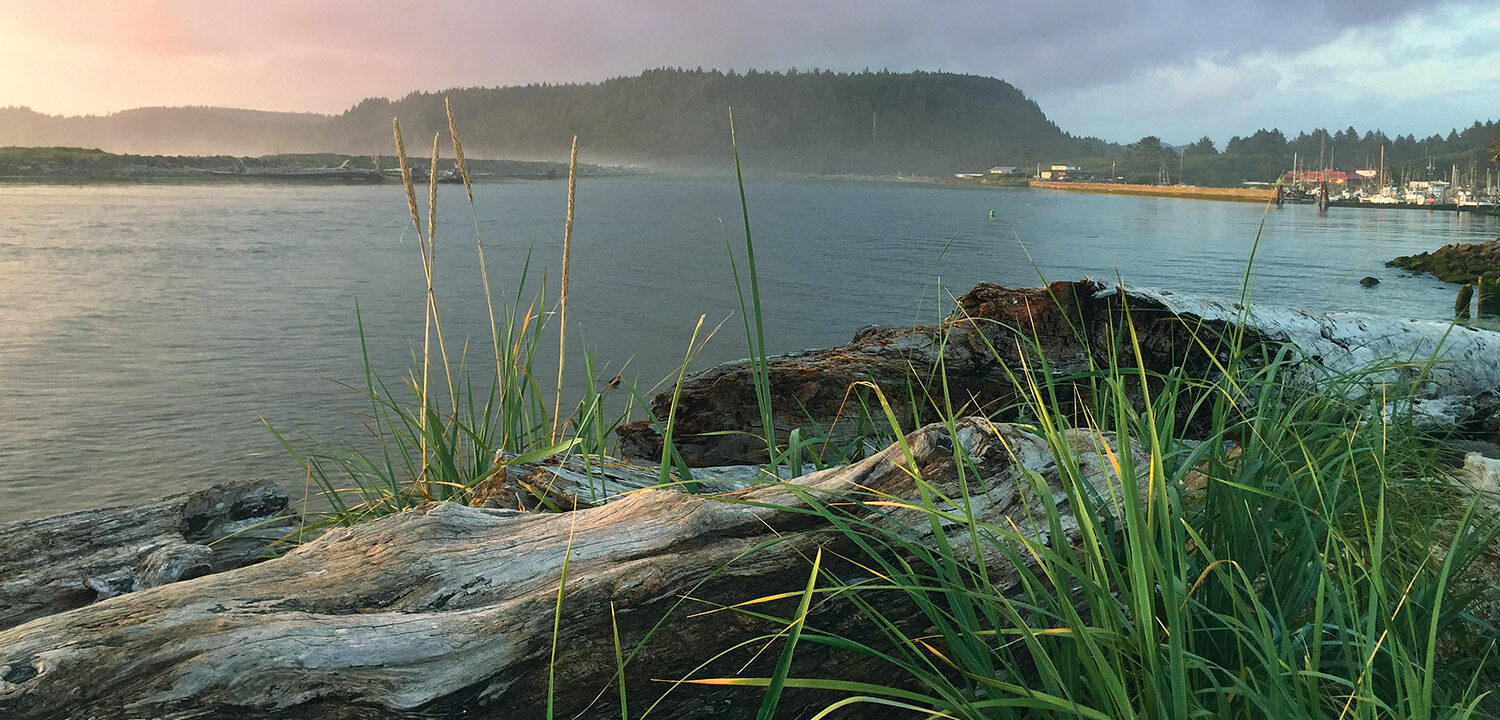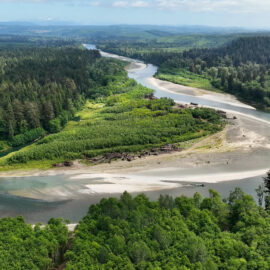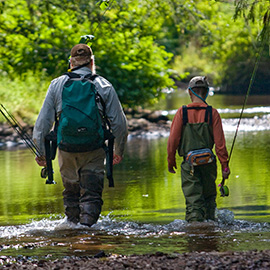Salmon advocates tackle climate and orca issues in Washington Legislature, as part of coastal restoration package.
With climate change and Southern Resident orca recovery taking center stage at the Washington Legislature this session, Wild Salmon Center and our allies at the Coast Salmon Partnership are tackling both issues as part of a new habitat restoration package for the Washington Coast.
Through the state’s Recreation and Conservation Office, Coast Salmon Partnership is putting forward the $12 million Washington Coast Restoration and Resiliency Initiative that includes projects on the Hoh, Calawah, Chehalis and Quillayute Rivers, among others. Previous work under two similar initiatives has already removed 25 culverts and other fish passage barriers and opened up 150 miles of salmon and steelhead habitat on the coast, while creating 250 jobs.

“These projects will support Washington’s stronghold – the Olympic Peninsula – home to 50% of the state’s best wild salmon runs,” says Jess Helsley, WSC’s senior program manager in Washington. “We’re also improving community resilience to climate change with this latest round of proposed projects. We will protect critical infrastructure and restoration jobs on the coast, while we improve coastal ecosystems and salmon habitat.”
A priority project on the lower Quillayute River will also directly benefit orcas: the Quillayute is one of the most prolific spring and fall Chinook rivers in Washington and has been identified by scientists as a key food source for the struggling Southern Resident pods. In total, the river hosts all five species of Pacific salmon found in North America, as well as steelhead, sea-run cutthroat and resident rainbow and cuts.

But channelization and erosion due to development and upstream logging have scoured out the river and degraded salmon habitat. More frequent heavy flooding in the new river channel also directly threatens tourist and Olympic National Park facilities, Quileute tribal government buildings, and a Coast Guard station in La Push.
Once designed, the restoration project, led by the Quileute Tribe in partnership with four federal agencies and Coast Salmon Partnership, would bring functional salmon spawning and juvenile habitat back to the 5.5-mile stretch of river near La Push, with new large wood, deep pools, and floodplain reconnections. The project would also stabilize the river bank to protect human communities.
“This is a real opportunity to show how we can fix past mistakes and adapt to current and future climate threats,”Helsley says. “We are already seeing severe bank shifts, which is not good for salmon nor the people and economy of La Push. And the loss of highly functional salmon habitat is a blow to orcas. So we’re attacking all the threats at once here.”
The Restoration and Resiliency Initiative is listed in Gov. Jay Inslee’s budget. Now, salmon advocates will work with members of the Legislature to make sure it’s in the final budgets that advance through both the Senate and House in Olympia.




